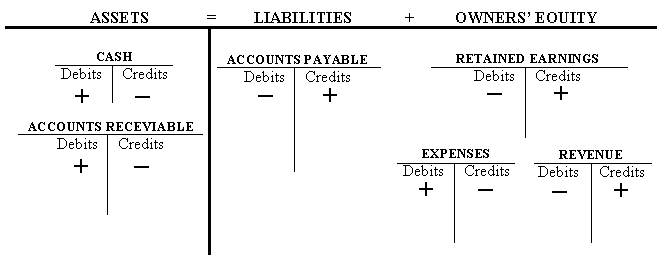
Next, determine the accounts affected by the transaction. For example, in India, a company purchases office equipment for ₹50,000 on credit. Identifying Transactionsįirst, identify the financial transactions to be recorded. V) Expenses: Costs incurred to generate revenue, including rent, salaries, and depreciation. Iv) Revenue: Income generated from the company’s primary business activities, like sales revenue, interest income, and dividend income. Iii) Equity: Residual interest in the company’s assets after deducting liabilities, including owner’s equity, retained earnings, and share capital. Ii) Liabilities: Obligations that a company owes to others, including accounts payable, loans, and taxes. I) Assets: Resources with economic value that a company owns or controls, such as cash, accounts receivable, and inventory. Types of AccountsĪccounts are classified into five categories in accounting: Ii) Total debits must equal total credits: For every transaction, the sum of debits and credits must be equal. I) Every transaction affects at least two accounts: A single transaction must be recorded in two or more accounts to maintain the accounting equation: Assets = Liabilities + Equity. The T-account format is based on the double-entry bookkeeping system, which follows two fundamental rules: Iii) Account title: The name of the account, written above the T.

Ii) Credit side: The right side of the T-account, used to record decreases in assets or increases in liabilities, equity, revenue, and expenses. I) Debit side: The left side of the T-account, where increases in assets or decreases in liabilities, equity, revenue, and expenses are recorded.


 0 kommentar(er)
0 kommentar(er)
